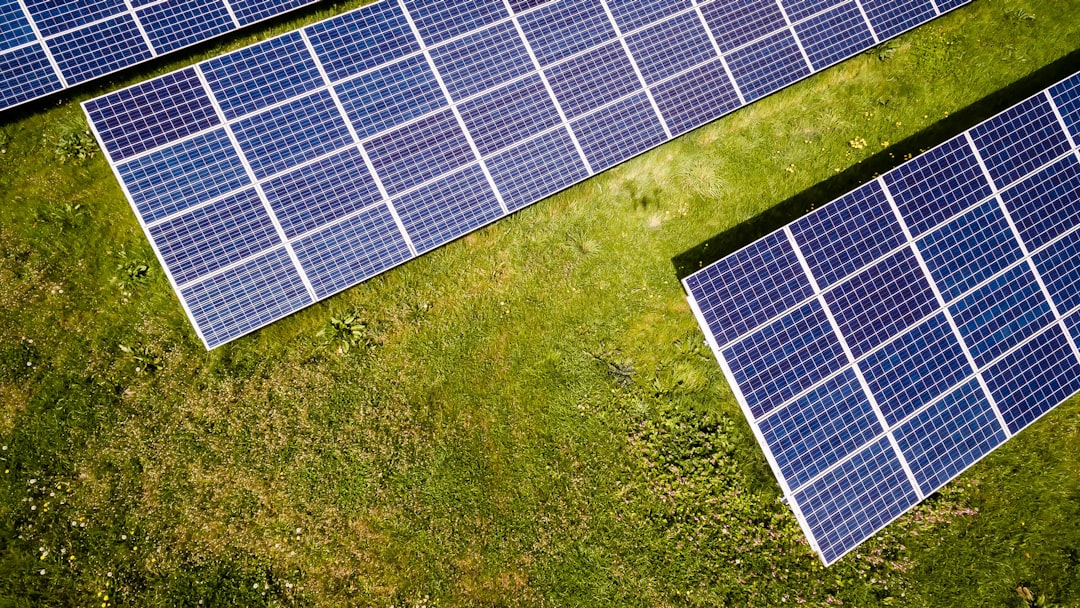What is it about?
Freshwater phytoplankton was previously neglected as a food source for cockles , mussels and oysters. We found, however, that the diet of estuarine suspension-feeding bivalves consists of 50 to 60% of riverine microalgae.
Featured Image

Photo by EJ Strat on Unsplash
Why is it important?
Our findings imply that if freshwater inputs are reduced (e.g., following droughts) then these bivalves receive less food, and the biomass and productivity of these species might decline. Climate change may, therefore, reduce carrying capacity for estuarine bivalves and the fish and birds that feed on them.
Perspectives
I hope that European-wide efforts to store freshwater on land also consider the impacts of these activities on the productivity , biodiversity and natural values of coastal ecosystems.
Katja Philippart
Royal Netherlands Institute for Sea Research
Read the Original
This page is a summary of: Seasonal variation in the diet of estuarine bivalves, PLoS ONE, June 2019, PLOS,
DOI: 10.1371/journal.pone.0217003.
You can read the full text:
Contributors
The following have contributed to this page










